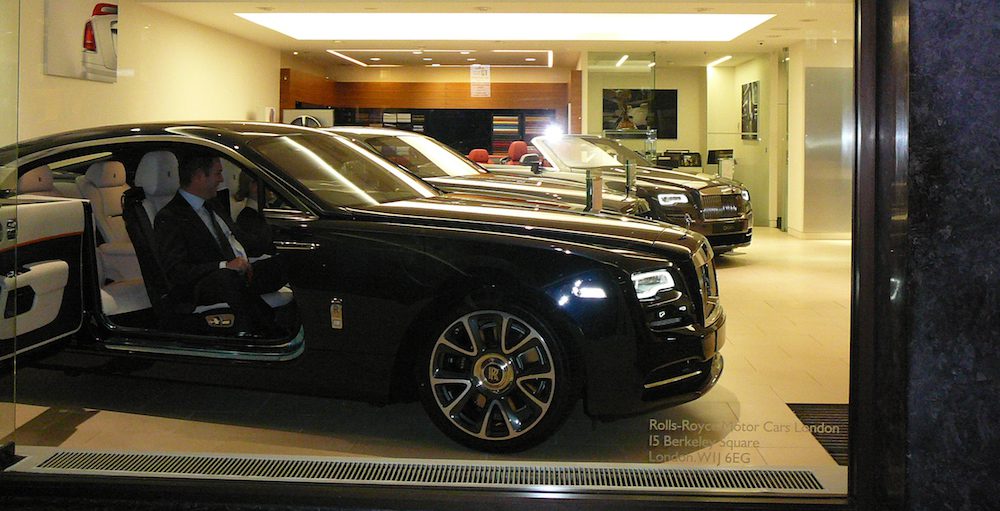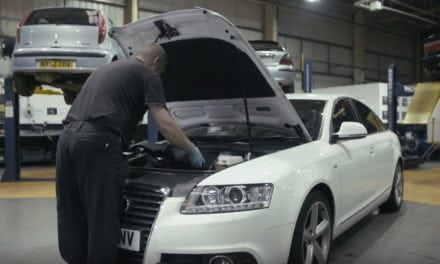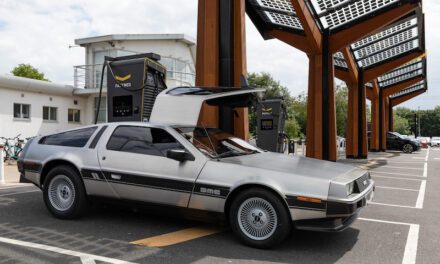Buying a new car is exciting but for most of us, it’s a major purchase, and deciding which car to go for isn’t always easy. Here are some tips on how to pick a car that works well for you and your family so you’re not left feeling like your car is more of a hassle than an asset.
Budget
Before you start splashing out on the car of your dreams and any added extras like heated seats or in-car entertainment, it’s important to create and stick to a budget. This doesn’t only apply to the initial purchase of the car itself but also much you can afford to put towards the car’s running costs each month. You will need to take the car insurance cost into account, as well as the vehicle tax and fuel costs. You’ll also need to consider ongoing maintenance costs, such as servicing and when the car’s next MOT is due.
Purchase Options
Whether you buy your car outright, lease it for a set period, or enter into a car finance agreement such as hire-purchase, there are several different ways you can buy your next car. Each of these options has its pros and cons and the right one for you will depend on your personal and financial circumstances.
Buying a car outright means you immediately own the car and it’s yours to do with as you wish. However, it does require a significant upfront investment and many people simply don’t have such a large sum available. Plus, the value of your new car will begin to depreciate fairly swiftly, meaning that if you come to sell it further down the line, you may find it is worth significantly less than what you paid.
Leasing a car allows you to spread the cost of your new car across affordable monthly payments and lease cars come with a warranty so you won’t need to worry about unexpected repairs. However, you will never own the car, and you will need to stick to your lease agreement to avoid penalties such as excess mileage charges.
Size
The size of car you should go for will depend on some obvious factors, such as the size of your family and whether you have kids or pets as well as some less obvious factors, such as where you live and how you spend your free time. For example, if you live in a suburban neighbourhood where parking spots are hard to come by, then a smaller car that can squeeze into little spaces will be an advantage. However, if you live rurally, a four-wheel drive that can cope with dirt tracks and extreme weather might be better. Meanwhile, if you spend your weekends cycling or frequently take your children camping, then a car that can accommodate a bike rack or roof rack, with a sizable boot is a must.
When it comes to the size of your car, you should consider legroom and the need for additional seats as well as the boot capacity and overall size of the vehicle.
Type
With the 2030 deadline stipulating that all new cars must be electric moving ever closer, it might be worth considering investing in an electric vehicle (EV) or hybrid vehicle now. This will give you ample time to get yourself used to driving them before they become the standard for all new cars. However, if you regularly make long-distance journeys, a traditionally fueled car might be a more sensible option, as most EV batteries will need to recharge after around 100-200 miles on average.











